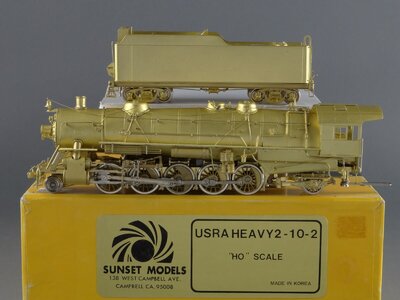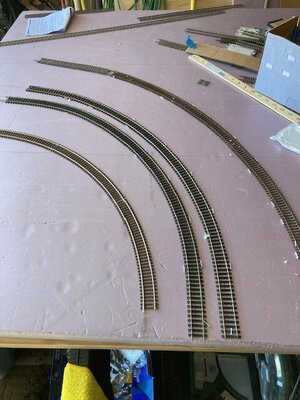boatwrench
Well-Known Member
By any chance does anyone know the minimum radius this locomotive will run on? Last time I ran the locomotive was on a club layout pre DCC in the late 1980s pre-DCC era. It is one of Sunsets budget line of brass locos that were selling for $100-$150 purchased 1987-88 time frame. It does have a blind middle driver. I am debating should I convert to DCC or just leave it on the shelf. The photo is a stock photo, the locomotive I own is a custom painted for the Southern Railway by the late Mel Horne. My current shelf layout has one curve which is 22" radius but I have acquired more real estate to expand the layout.
thank you
thank you



